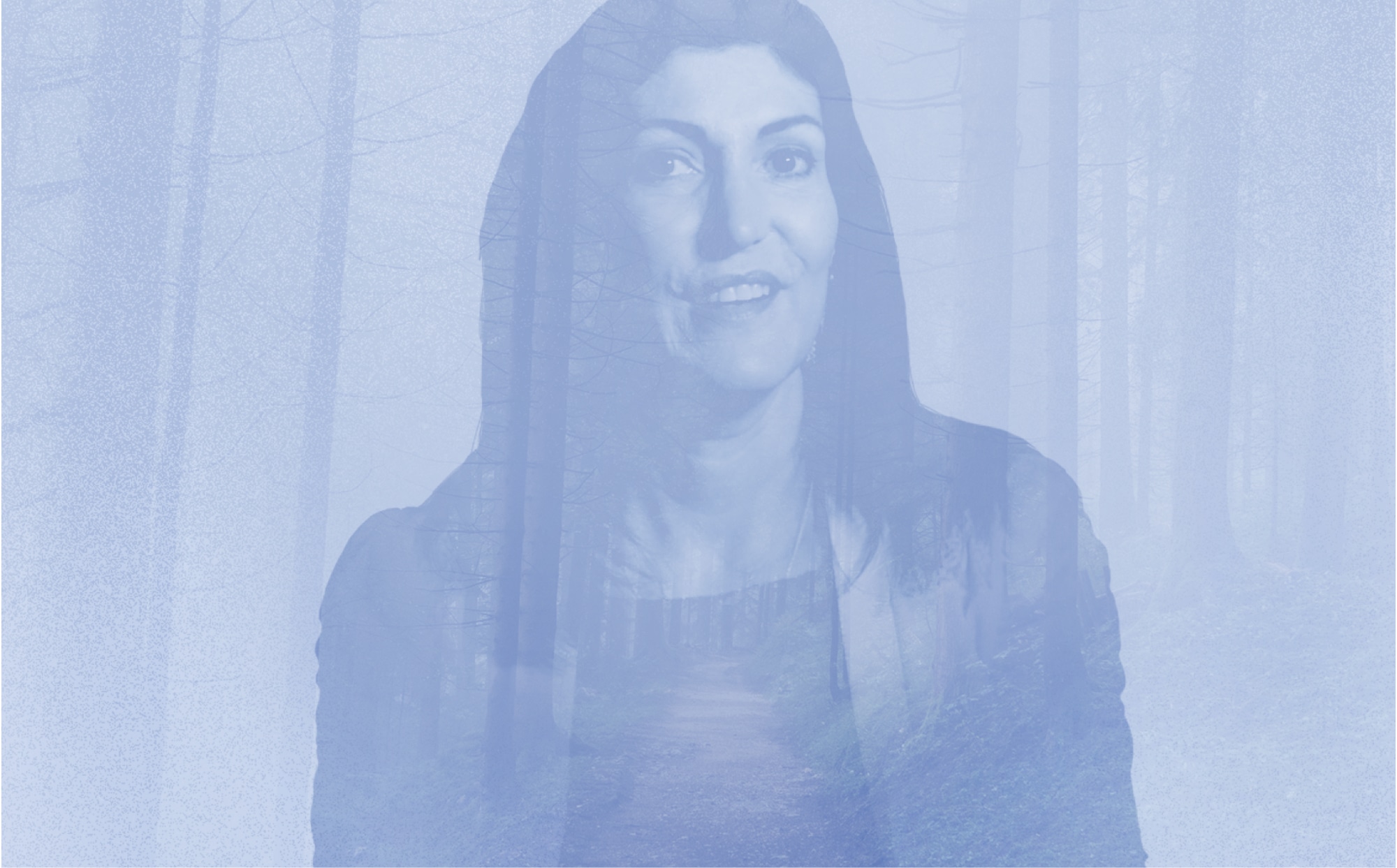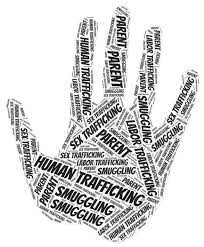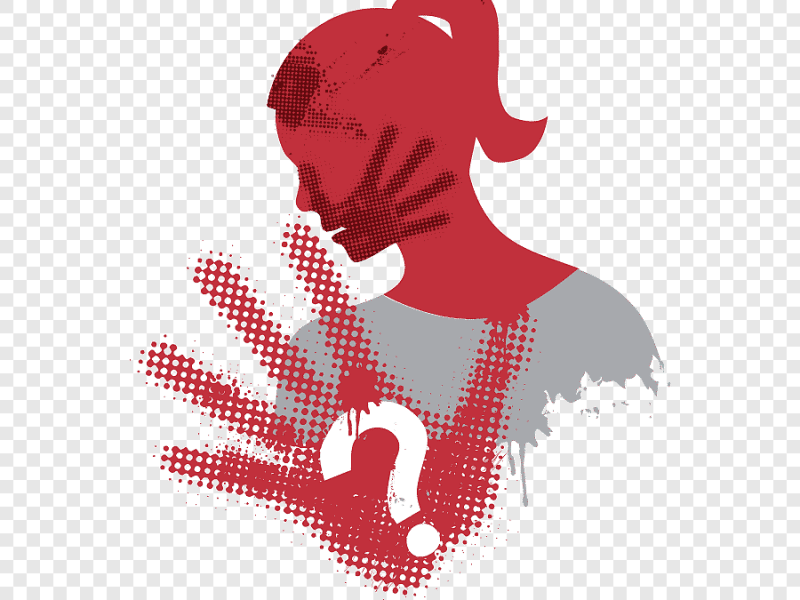
The Life Story: Moments of Change is a groundbreaking new website and film project supported by NoVo Foundation that shines a light on the stories and experiences of women in the sex trade—also referred to as “the Life”—in an effort to provide better solutions that can prevent all girls and all women, cis, trans, and gender non-conforming, from being exploited in the first place, as well as providing them with resources to help them exit the Life.
Understanding what survivors of the sex trade face is key to creating a better system, which is why, in this four-part series, I’ll illuminate the realities of the Life by sharing the stories of women who have courageously exited the sex trade and gone on to help other girls and women in the Life. My hope is that their personal experiences and insights—along with the in-depth data culled by TheLifeStory.org—will lead to awareness and, ultimately, change.
In my previous article in this four-part series, I explored how childhood trauma—including physical, emotional or sexual abuse, drug or alcohol abuse, abandonment, and spending time in foster care—can leave girls vulnerable to sexual exploitation later on in life. We’ll now look closely at a few of the many circumstances that lead those traumatized girls and women to actually enter into the sex trade.
When trying to better understand how women end up in the sex trade, and how to create the best solutions for them, we must first clear up one common misconception. The general public often assumes that women have entered into the sex trade by choice, but the truth is that the vast majority have been coerced in one way or another into entering the Life.
Kendra, a licensed counselor who helps girls and women in the Life, explains how important terminology is in clearing up this misconception: “I think it's really important for the general public not to use the word ‘prostitute.’ It's a very, very stigmatizing word. Ten out of ten times I would say these women do not choose this life, and then, even if they were over the age of eighteen, a majority of the time they were involved in it way before eighteen. So thinking of it that way, how can we call this woman a prostitute when this was not her first choice?”
Knowing that most girls and women didn’t freely choose the Life, what are the circumstances that lead to them entering the sex trade? Which girls and women are prime targets for being coerced, and where are the areas for change?
RUNAWAYS
“As a young girl, I was a runaway. I quickly found myself caught up in drugs and alcohol, as well as more sexual abuse. If I had a place to go that was supportive and safe, I may have gone there instead of living on the streets.” — Roxanne, Indigenous Survivor and Advocate
When a girl is abused, pushed out of school due to behavior rooted in untreated trauma or moved from home to home within a foster care system that can’t provide the care she needs (or she has “aged out” of the foster care system when she turns eighteen), she often feels that her only option is to run away. Out on her own with no support system, no money, and no place to stay, she doesn’t have access to basic human needs like food, shelter, love, or family.
That’s when exploiters step in. Human trafficking is the fastest growing organized crime and the third-largest criminal enterprise in the world. Recruiters actively seek homeless youth, which means a runaway is likely to encounter an exploiter who promises to give her all of those things that she doesn’t have. Girls of color and LGBTQ kids who run away are particularly at risk.
“It’s all about preying on the vulnerable,” says Quintecia, a survivor, advocate, and service provider. “Predators and manipulators are very good at finding out what you’re not getting and then providing that. So, in turn, you think they’re saving you and they’re going to make it better. You don’t realize it’s not better until it’s too late.”
Exploitation can happen at the hands of strip club managers, modeling agents, photographers, immigrant or refugee transporters, or “job” recruiters for U.S. companies.
 As Indigenous survivor and service provider Jeri explains it, there can be several different types of exploiters or pimps: “One would be what they call a ‘guerrilla pimp,’ which is somebody who just goes and grabs people off the street or kidnaps them, uses brutal force to obtain them and to keep them under their control. The one that's more common is the ‘Romeo pimp,’ which is somebody who seduces them and coerces them through false promises of love or a better life.”
As Indigenous survivor and service provider Jeri explains it, there can be several different types of exploiters or pimps: “One would be what they call a ‘guerrilla pimp,’ which is somebody who just goes and grabs people off the street or kidnaps them, uses brutal force to obtain them and to keep them under their control. The one that's more common is the ‘Romeo pimp,’ which is somebody who seduces them and coerces them through false promises of love or a better life.”
Jeri’s experience was with a Romeo pimp: “I never had access to the latest designer clothes or jewelry or nice restaurants or anything like that. So he would take me out and buy me clothes, take me out to eat, and really just wined and dined me…. He told me he loved me. He told me that he wanted to spend the rest of his life with me. He sold me a dream. But every single thing about that dream was a lie.”
What can be done to help girls and women who have been coerced into entering the Life find a way out? The first step is something I’ve already touched upon, which is having our culture reevaluate our flawed assumptions that women choose this life. Removing that stigma and misplaced judgement would change the way these women are treated. Instead of being punished or blamed, they could be treated for trauma. Instead of being shunned, they could be seen and supported. Providing trauma-informed training and education for all people and providers who may come into contact with anyone in the sex trade—including child services, law enforcement, shelter staff, and hospital staff—could make all the difference.
IMMIGRANTS
“An immigrant woman who’s in this country will feel very isolated. She doesn’t know who to reach out to. She doesn’t speak the language. She doesn’t have access to her rights. She doesn’t know that she can pick up the phone in some instances and call for help.” — Archi Pyati, Immigrant Rights Advocate
 Like runaways, immigrant women are prime targets for sexual exploitation. As Archi Pyati, Chief of Policy at the Tahirih Justice Center, explains, “Immigrant women are uniquely and especially vulnerable to being victimized once they’re here in the United States. They also may have been brought here to the United States as victims of trafficking, thereby compounding their vulnerability to further exploitation once they’re here.”
Like runaways, immigrant women are prime targets for sexual exploitation. As Archi Pyati, Chief of Policy at the Tahirih Justice Center, explains, “Immigrant women are uniquely and especially vulnerable to being victimized once they’re here in the United States. They also may have been brought here to the United States as victims of trafficking, thereby compounding their vulnerability to further exploitation once they’re here.”
Whether an immigrant woman has been trafficked into the country or finds herself being exploited once she's here, she has little chance or means of breaking free of the Life. Her passports or other identity documents will have been taken away, and the fear of being deported will prevent her from seeking help.
What most trafficked immigrants don’t know is that they may be eligible for special visas, called the U and T Visas, that can protect them and grant them long-term immigration status. “The U and T Visas were created for two reasons,” says Archi. “They are here to provide humanitarian relief for those who have been victimized and trafficked [and] to incentivize them to step forward and cooperate with law enforcement. Unfortunately many immigrant women don’t know that these visas are options. When an immigrant woman has been trafficked into the U.S., she’s entered this country through force, sometimes through coercion, she’s been tricked. Her documents have been taken away, she’s vulnerable, she’s isolated, she doesn’t know that such a thing as a T Visa exists.”
Making more women aware of this option would help immigrants exit the Life and bring traffickers to justice. This could involve establishing centers in every city that have their doors open to trafficked immigrant women, providing them with resources, safe housing, education, and advocates that can guide them through the exit process.
Another solution, says Archi, is making sure immigrant women have the right to call for help: “It’s absolutely essential that our laws in every jurisdiction allow for immigrants, whether they have documentation or not, to be able to access law enforcement, emergency medical service, and other kinds of emergency services without fear of deportation. If an immigrant woman who’s been trafficked cannot pick up the phone and call for help or report crime because she fears deportation, we’re all less safe. We’re leaving women who have been trafficked in the shadows. We are saying that essentially in America, we can have two classes of individuals, those who can call 9-1-1 and those who can’t. How can we live with that?”
Immigrants, youth characterized as runaways, and other victims of the sex trade could be helped by all of us, members of our local communities, by being vigilant and looking out for girls and women who may be impacted by the sex trade.
Jeri reminds us that women and girls in the Life are in every city and that they encounter many different individuals who could step in and help: “A lot of times when people think about trafficking, they think of a foreign national chained to a bed, not able to leave a room. But we have a problem that's happening right here in the United States in our own backyard with our domestic children and women. And I was able to walk out amongst people. I went into stores. I was interfacing with law enforcement. I went to juvenile detention. I had over eighteen emergency room visits. I was a child. I was walking on the streets. You could tell I looked young. And the thing is, people knew that I was a prostituted child, but they looked the other way.” By generating greater awareness of the above factors and supporting these pathways toward tangible change, we can all be a part of the solution.
Look for our next article about moments in the Life and navigating the exit ramps of the sex trade.
For more information on The Life Story: Moments of Change project, visit www.thelifestory.org
 Marianne Schnall is a widely-published interviewer and journalist and author of ‘What Will It Take to Make a Woman President? Conversations About Women, Leadership & Power’. She is also the co-founder and Executive Director of the women’s website and non-profit organization feminist.com(https://www.feminist.com), and co-founder of What Will It Take Movements (https://www.whatwillittake.com
Marianne Schnall is a widely-published interviewer and journalist and author of ‘What Will It Take to Make a Woman President? Conversations About Women, Leadership & Power’. She is also the co-founder and Executive Director of the women’s website and non-profit organization feminist.com(https://www.feminist.com), and co-founder of What Will It Take Movements (https://www.whatwillittake.com


